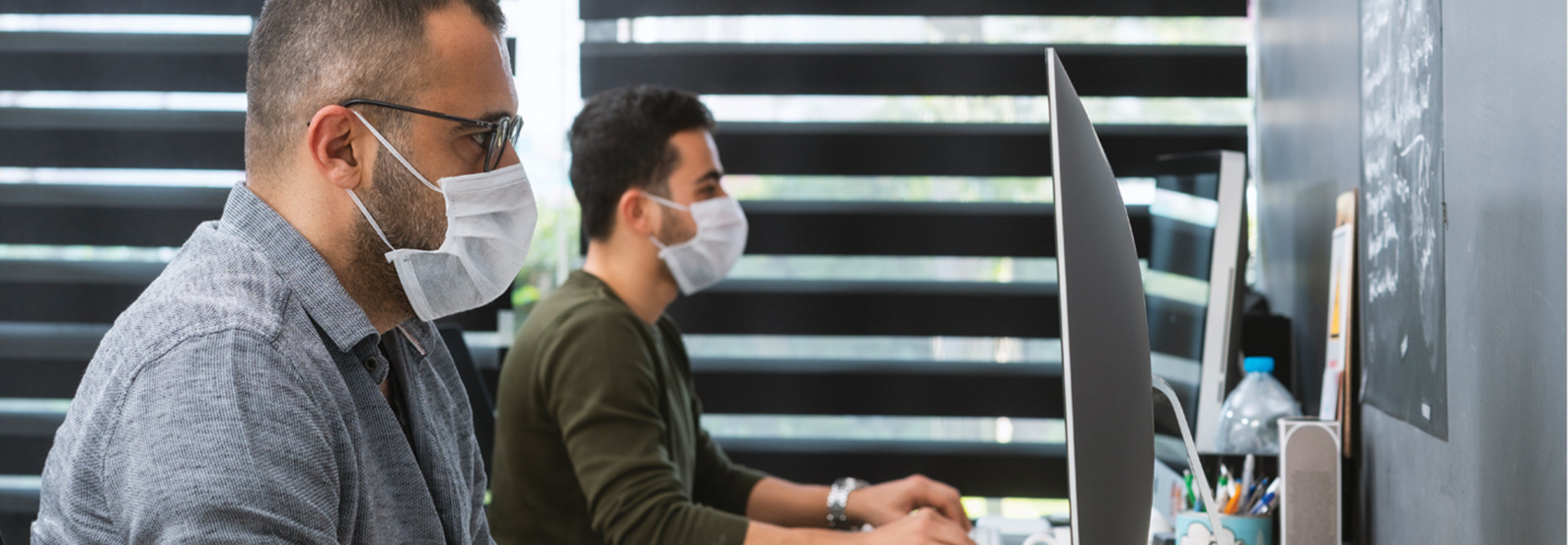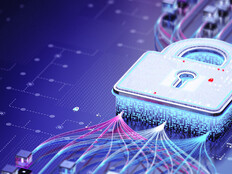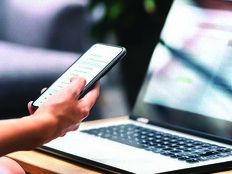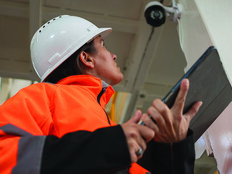How to Make Offices Entries as Safe as Possible
There are several ways agencies can keep employees healthy when they are back at offices that involve monitoring people entering buildings. Thermal cameras and networked surveillance cameras can detect elevated body temperatures of people entering the building to see whether anyone has a fever. While this solution will not catch those who are infected and asymptomatic, it can help spot individuals who have fevers and are actively shedding the virus. Solutions from vendors such as Hewlett Packard Enterprise, Ergotron and Verkada can help in this regard.
Such tools can fuse that information with video surveillance and facial recognition tools to identify potentially sick individuals. These systems can then send out alerts to security staff and employees. That can make contact tracing easier.
Security staffers use can data dashboards to determine where and when a particular person may have been in the building prior to being flagged so that those who came into contact with the individual can be tested. That data can also be used to more aggressively clean certain areas or shut off access to them. It can also be used to identify high-traffic areas that might need additional attention and cleaning, given the higher likelihood that someone with the virus may have been in those areas.
Another aspect of entryway security is touchless entry technology, which reduces the need for touching doorknobs or handles. Such solutions can make use of facial recognition to scan users as they enter, as well as short-range near-field communication technology, which enables users to access buildings by holding their smartphones up to scanners. Such tools can also spot unauthorized people attempting to “piggyback” on the entry of secure, approved users.
LEARN MORE: How can agencies best disinfect IT equipment in offices?
Tools to Keep Users Safe Inside Buildings
Once users are inside a building, there are tools that can help agencies keep track of where they are for social distancing purposes.
Video surveillance coupled with people-counting tools and data analytics platforms can determine if safe occupancy levels in given areas have been exceeded or if people are crowding together. Alerts can be sent out to security staff to address the situation. Additionally, IP-connected cameras can also be programmed to only start recording when they pick up motion in a certain area.
Software tools can also help employees search for available meeting space that meets their needs while ensuring occupancy limits and social distancing guidelines are maintained. This software can help staffers book and manage meetings and keep track of how many people have checked in. Such tools can also be used to help staffers book desks around an office.
It’s clear that there is still a great deal of uncertainty around how, when and to what extent federal employees will be coming back to offices. However, now is the time for agency and IT leaders to start planning for that return — and ensure it is carried out in as safe a manner as possible.
This article is part of FedTech’s CapITal blog series. Please join the discussion on Twitter by using the #FedIT hashtag.












